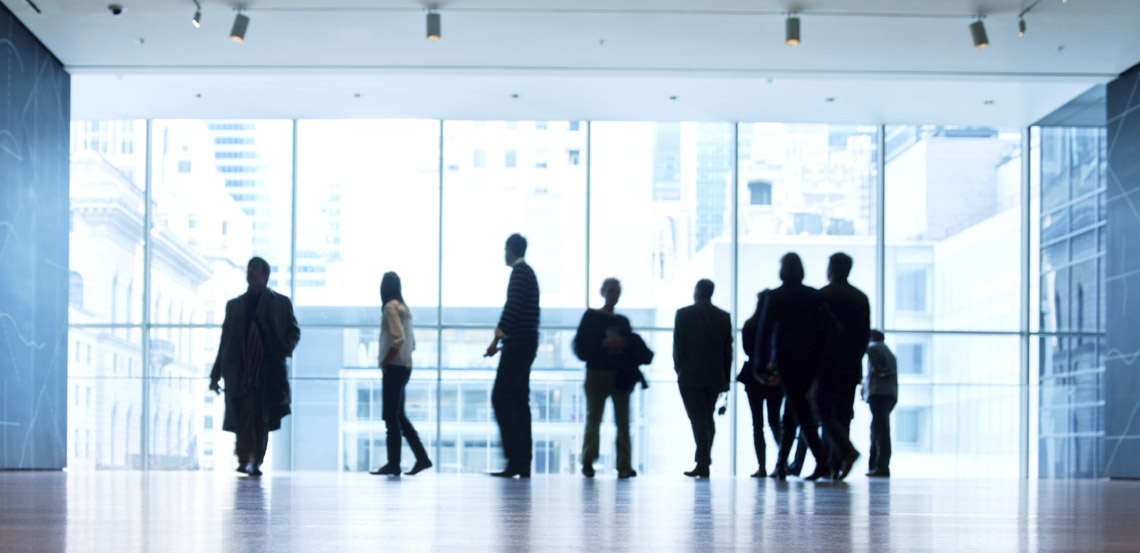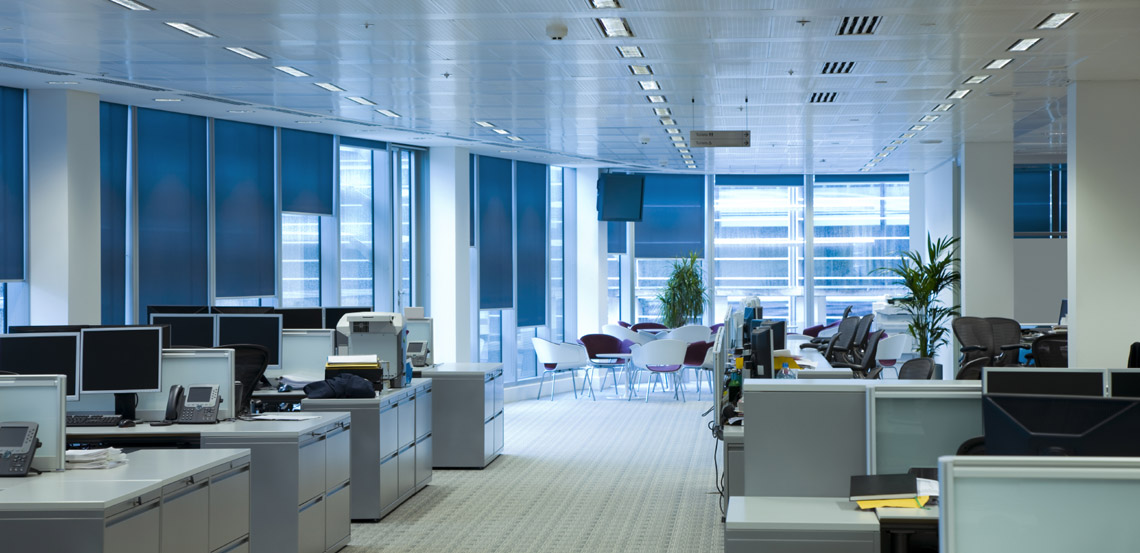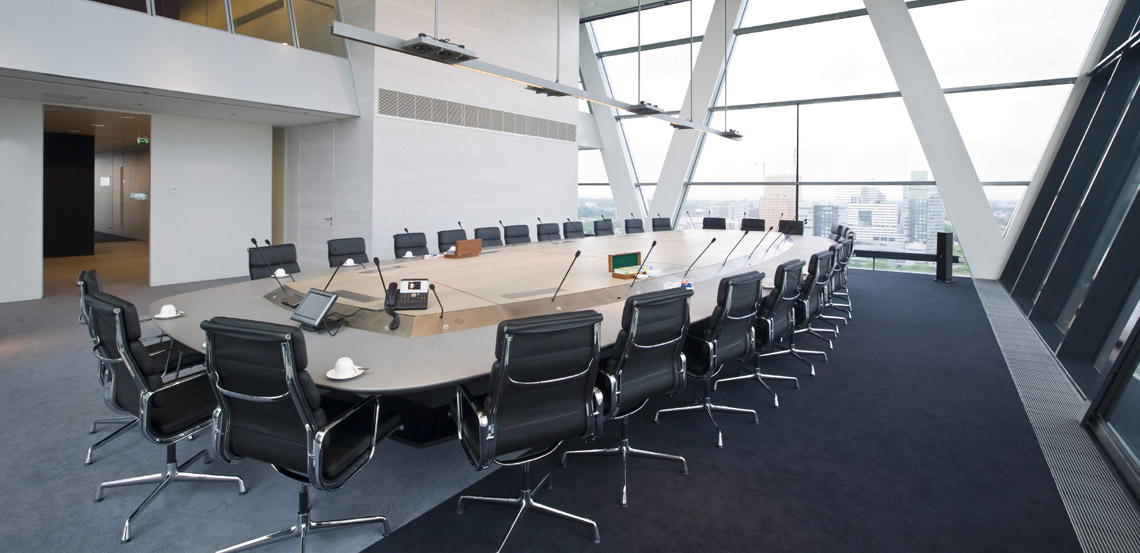ÆGIS Microbe Shield for Buildings, Offices and Homes
Bacteria and fungi are an integral part of our environment. Other than a very few highly controlled environments such as computer clean rooms and high-risk procedure medical facilities, we are surrounded by microbes.
By definition, in their smallest form they are microscopic or too small to see with the naked eye. By the time they are large enough to see, you aren’t looking at one microorganism, you are looking at hundreds or millions. At that point the question isn’t whether or not you have microbial contamination. You do! The appropriate questions are: How bad? and How dangerous are the organisms?

In indoor environments, microbes are found on all environmental surfaces, in the air and in water associated with both normal and catastrophic situations. They may be growing there (called amplification) or may simply have been deposited there from elsewhere. The few highly publicised outbreaks of Legionnaires Disease and the more complex indoor issues of today such as Sick Building Syndrome (SBS) and Building Related Illness (BRI) have begun to put microbiologists and microbiological sciences in the headlines and on the line.
Certain conditions in buildings are normally conducive to microbial growth. Some of these environments include:
- garbage storage areas and composting containers
- foyers and other entranceways that receive foot traffic
- spas, showers, locker rooms and pools where moisture is simply inevitable
- bathrooms, especially in hospitality buildings
- interior surfaces of air conditioners
- processing machinery that uses water
- eviceration plants and similar areas where daily washdowns are required
Sick Building Syndrome (SBS) and Building Related Illness (BRI)
SBS / BRI is the clinical manifestation of occupant exposure to excessive airborne pollutants in a building. The array of typical symptoms includes headaches, burning eyes, fatigue, dizziness, flu-like maladies and upper respiratory complaints. Although these symptoms can by generated by many different things, all can be caused by microorganisms, and more and more frequently these microbes, especially fungi, are being implicated as primary and contributory factors.

The buildings in which these organisms thrive are not simple environments. They are complex ecosystems that are made even more complex by the constant change a building undergoes throughout its life cycle. Microbial contamination, in varied but inevitable ways, will occur at different stages of this life cycle and will be manifested in many ways.
Carpeting
The increased use of carpets in office, homes, schools and other institutions demonstrates the need for an additional property in carpeting: the prevention of bacterial and fungal growth.
The need is obvious in hospitals, where the greatest concern about carpeting is the possibility of infectious hazards. However, the need for a safe antimicrobial treatment is not limited to hospitals. Inhibiting bacteria and fungi is equally important in carpeted areas of playrooms, convalescent bedrooms, sanitariums, and hotel/motel rooms. All of these areas may serve as a reservoir for potentially harmful bacteria and fungi. In addition, there is the problem of odour and deterioration caused by the presence of microorganisms and their breakdown products. Carpet treated with the ÆGIS Microbe Shield technology reduces microbial contamination in the indoor environment.
Extension of this need to the home is obvious as we consider the use of carpeting in bathrooms, kitchens, below-grade areas, recreation and family rooms, as well as other areas where pets and babies roam. The need for hygienic freshness is a reality in the consumer's mind.
Indoor air quality
The issue of indoor air quality is a serious problem that continues to become more prevalent everyday. Indoor air quality is not only hazardous to our health, but also hazardous to the economic life of our businesses. Loss of building materials and furnishing, drop in productivity, increased health care costs, and even legal liability are all problems that we don’t want to deal with.

These pollutants at high levels cause obvious and immediate effects. At low levels, symptoms start out small and gradually get worse. Human health problems range from simple irritations to long terms problem like asthma, migraine to deadly diseases, like cancer.
All hard and soft surfaces
With the added moisture that is present in most kitchens and bathrooms, it can be difficult to keep these rooms smelling clean and fresh. While not a substitute for cleaning, towels, washcloths and rugs that feature ÆGIS Microbe Shield technology will stay fresh longer.
BeddingWe spend nearly half of our lives in bed. With the ÆGIS feature, bed linens can be more refreshing than ever! Our population continues to age with growing numbers reaching the stage in life where increased night perspiration is a part of life. Within this age group, bed linens that control odor and disperse moisture are rapidly being recognized as essential components to restful sleep. Consumers are paying thousands of additional dollars for mattresses that are perceived to provide added comfort and rest. Provide significant added value by improving the comfort and freshness of bedding including bed linens, pillows, duvets, comforters, mattress pads and mattresses with ÆGISMicrobe Shield! You will provide consumers with the confidence that your product is protected by the most advanced antimicrobial on the market today: the ÆGIS Microbe Shield technology,
Construction
Demand for mould-resistant building products is growing at a dramatic rate as Homebuyer concerns about mould and mildew in new construction continue to increase. Every element of the construction process offers opportunity for microbial growth. Warm temperatures, moisture and an adequate food source provide the perfect environment for mould to thrive.
Unless protected, damp structures will be attacked by fungus (mould) and as the microbes develop, they spread through walls and over interior surfaces. If mould and mildew are not controlled in the construction process, they can cause significant problems for both the structure and its occupants. Microbes not only cause direct product damage, but they are also been associated with human problems such as allergic disorders.
The ÆGIS Microbe Shield technology remains permanently affixed to the surface to which it is applied. This organofunctional silane technology is not consumed by the microorganism and does not poison the microorganism, but works as a physical control. Proper application of the ÆGIS technology can easily benefit building products in the following ways:
- Composite decking and OSB treated with the ÆGIS Microbe Shield technology will withstand bacteria and fungal growth and have added protection against staining and moisture damage.
- Roofing tiles treated with the ÆGIS Microbe Shield technology significantly control algal and fungal growth.
- Dimensional lumber, treated with the ÆGIS Microbe Shield technology, is protected from mould and mildew growth during shipment and use.
- Ceiling tiles treated with the ÆGIS Microbe Shield technology have durable, long lasting protection against mould and mildew.
- Carpet treated with the ÆGIS Microbe Shield technology reduces microbial contamination in the indoor environment.
The ÆGIS Microbe Shield can be applied in almost any environment where control of microbial growth or viability is needed.
After Disasters and Disaster Prevention:
- carpets
- drywall
- furnishings
- framing lumber
Environmental Modification:
- shower stalls and bathroom components
- pool decks
- HVAC system components (insulation, coils, fans, walls, frames, etc)
- toilets and urinals
- gymnasiums and health clubs
Hypoallergenic Environments:
- bedding
- “touch” objects - doorknobs, railings, similar surfaces
- hospital surfaces
